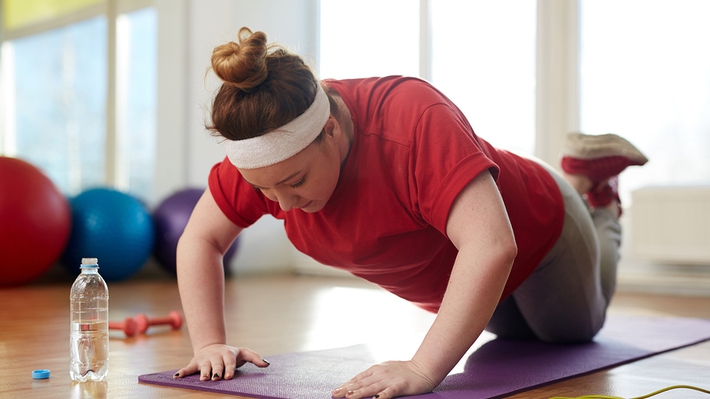How Your Gym Can Help Tackle the Obesity Epidemic
Adult obesity rates in the US now exceed 35 percent in seven US states, according to the annual report, The State of Obesity. Even in states with the lowest obesity rates, however, the numbers are approaching 25 percent. The takeaway? As the country’s collective weight increases, so do the problems associated with an obese population. But there is good news, however: Health clubs are uniquely positioned to help reverse the trend.
Here’s a closer look at the issue, as recently discussed in a Club Industry report, “America’s Obesity Crisis and the Fitness Industry’s Role in Resolving It.”
A Massive Problem
“The effects of our obesity crisis can be devastating, as seen by the prevalence of preventable, obesity-related diseases such as heart disease, stroke, type 2 diabetes and some types of cancer, as well as annual medical costs of treating these diseases, which added up to $147 billion in 2008, the most recent year this estimate is available from the Centers for Disease Control,” reveals Club Industry.
And while the health and fitness industry helps many people lead healthier lives, it also tends to focus its attention on the already fit. Not only is this missing out on a significant proportion of the population, but it’s also missing out on the chance to make a meaningful impact on under-served populations.
Making Your Gym Full-Figured Friendly
While many fitness businesses do offer programming targeted specifically at obese people, the reality is that the picture they present is that they’re the domain of the thin and the fit. While this can be interpreted as aspirational, it plays out as something else: exclusionary. In other words, while you might hope your message says, 'Become a member and you can look like this, too,' it actually says, 'We are only suitable for people who already look like this.'
Virtual Health Partner co-founder and CEO Jillian Bridgette Cohen suggests that there are three ways gyms can make their studios friendlier to people of all shapes and sizes. For starters, she recommends offering more programming aimed specifically at beginners. “Be sure to choose names that are welcoming and not intimidating, like 'Intro to Yoga' or 'Beginner Strength Training.' Terms like 'high-intensity' or 'bodybuilding could be daunting and are best avoided for newcomer programming,” she advises.
Secondly, Cohen recommends introducing at-home exercise plans. Many overweight people are self-conscious and therefore disinclined from going to the gym. With virtual digital fitness platforms in the forms of apps and websites, gyms can reach a new audience while simultaneously supporting overweight members toward reaching their fitness goals.
Lastly, Cohen recommends integrating nutrition counseling. “Working out is only one piece of the puzzle toward losing weight and achieving a healthy lifestyle. People with more weight to lose can see some of the biggest and fastest gains (or rather, losses) of anyone when they combine a healthy diet with their exercise regimen,” she suggests. As with at-home exercise, these can also be delivered digitally.

The Financial Factor
At the end of the day, however, it's also critical to remember that a gym membership may simply be unaffordable to some of the people who need it most. Newtown, Pennsylvania’s high-end, family-oriented health club the Newtown Athletic Club (NAC) has devised an innovative solution for this obstacle: the NAC Financial Program. In simplest terms, the program offers sliding scale membership discounts to members and potential members thereby granting low-income people, as well as those experiencing temporary financial hardships, access to their products and services.
Says NAC’s director of public and government relationship Linda Mitchell, of the program, which supports up to seven percent of its 12,000-plus membership at any given time, “I recommend that others simply mimic what we are doing. Knowing that you are helping when there is need is the right thing to do, and the sense of satisfaction is priceless.”
Where Your Fitness Staff Fits In
The role of fitness professionals in combating the obesity epidemic should also not be overlooked. By encouraging your staff members to understand the psychology of health and fitness, you’re better preparing them to empower their clients to make positive changes.
Insists American Council on Exercise president and chief science officer Cedric X. Bryant, “Develop strategies to meet members/clients where they are, not drag them to where you think they should be. Success starts with psychology, sociology and communication—the 'art' of training. The 'science' of training can take members/clients the rest of the way. “
One last thing to keep in mind, according to America’s Obesity Crisis? The potential of technology to “build a bridge to the obese market” is huge. Download the catalog today to learn how Accuro can help.




Join the conversation